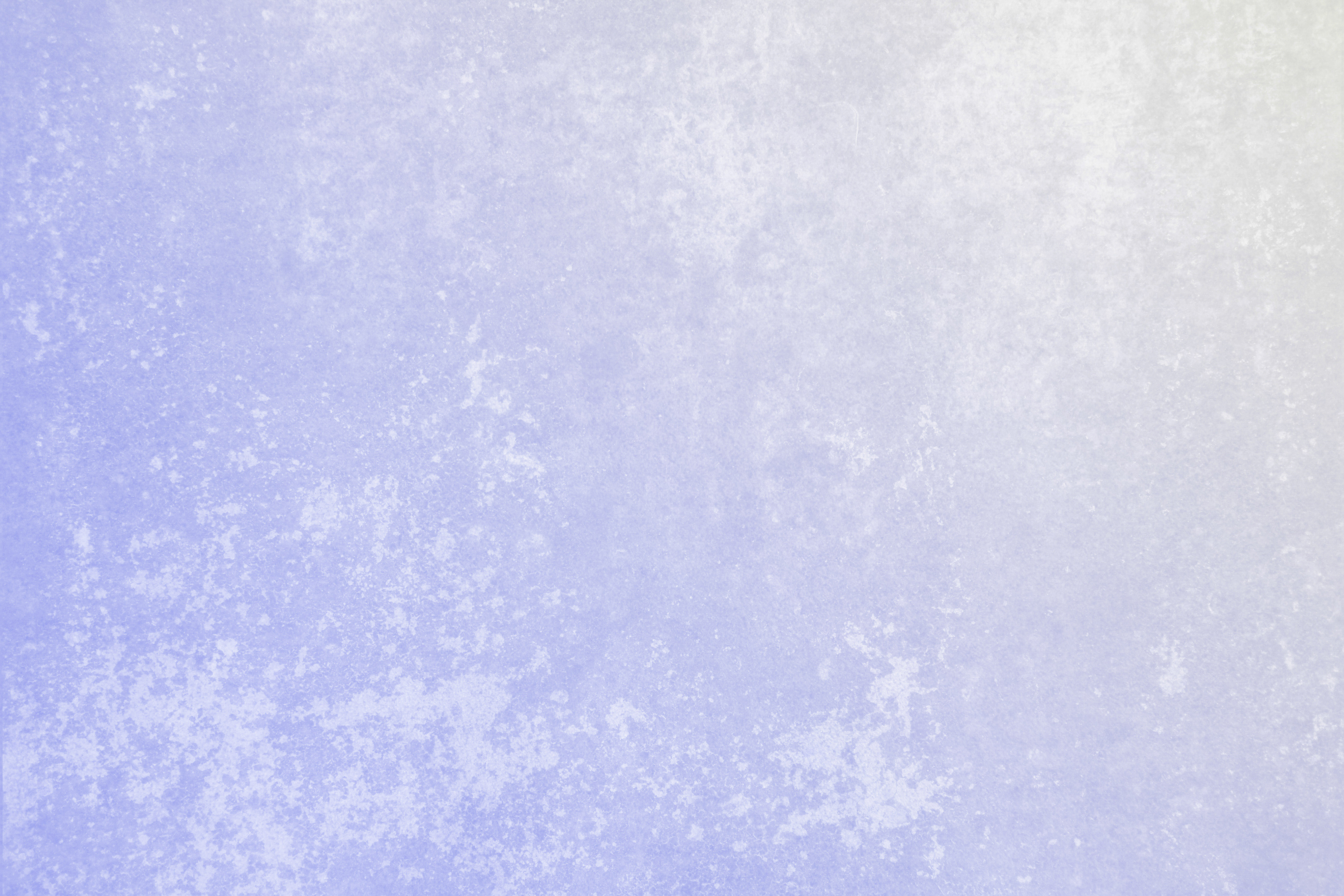

Resizing an Image and Photoshop Interpolation
#Photoshop image size for desktop background how to
( See how to crop to an exact size and resolution) For example, 4×6 inches at 300DPI/300PPI.

This means that there are 300 dots of ink per square inch or printed material. Typical print resolution is 300dpi (some inkjet printers print better at 360 or 240 for example, look at your specs). If you have more dots in a square inch, you will have more resolution or detail in your print. Print is measured in dots per inch (DPI) ( LPI Lines per inch or line screen is used in commercial printing). For example many monitors (HD) are 1920 pixels across by 1080 pixels high.But a better way to measure screen resolution is with overall pixels.

326 refers to 326 square pixels fit into 1 square inch of the display to perfectly match the screen size. Digital Resolution explainedĮvery screen has a native resolution, maybe its 750 x 1334 pixels or 326 ppi as the iphone retina. This is one of the big things that separate the pros from the amateurs, the quality of the final images. The goal is to keep the quality as close to the original as possible and this article will show to how to do that. So let’s find the best resolution for your needs. Too much resolution, won’t affect the image display quality, you will just have an unnecessarily large file. If there is not enough resolution (image isn’t big enough) then you will see a noticeable softness to the image, or even jaggies (also called pixelization). More density = more resolution, or detail. This means how dense are the pixels (or dots). You have heard the terms hi-resoluton, or low-resolution, or low-res. DPI and PPI are both a way to describe resolution. Many people mistakingly talk about DPI on screen, this is incorrect, but now you will know what they mean. In an over simplification, you can think of them as the same thing, however dots refer to print and pixels are a digital display. This is where the terms DPI (dots per inch) and PPI (pixels per inch) come from. On screen you see pixels of light and in print you see dots of ink. Without overly complicating things, the resolution is what you see on screen or in print. Keep reading for more details on how to get the best results if you are ready for that info. That’s all you need to do to resize your images. Choose your new size (you can choose choose different measurement units by clicking on “inches”).

If not, turn off the chain so that you can set your own width and height.


 0 kommentar(er)
0 kommentar(er)
